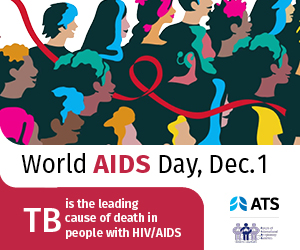According to the Academy’s just revised Cataract in the Adult Eye Preferred Practice Pattern®, the potential for bilateral complications, while a concern, appears manageable if proper protocols are followed. The Academy believes that ophthalmologists should discuss the relative benefits and disadvantages of the two methods with their patients and let the patient’s perspective prevail. Some might benefit from ISBCS if they need to travel long distances or have limited support systems. Others may experience undesired optical images or a less accurate refractive outcome in the second eye requiring further surgical intervention.
Current reimbursement policy is a significant factor limiting growth of ISBCS in the US. For example, Medicare pays facilities such as Ambulatory Surgery Centers 100% for the first eye and only 50% for the second eye if performed on the same day. This is despite the multistep precautions the surgeon and facility must take to protect the patient with the second eye surgery. The facility fee generally doesn’t cover the costs, making it impossible for ASCs to offer the option of ISBCS to surgeons and their patients.
Office-based cataract surgery
CMS last inquired about interest in valuing office-based cataract surgery for Medicare in 2016. At that time, the Academy expressed concerns about credentialing and safety related to infection control standards. While CMS has not taken any further action, the Academy and other stakeholder groups have examined the kinds of standards that might be necessary should CMS wish to support cataract surgery in the office.
Some private payors may be reimbursing for cataract surgery in this setting, but Medicare currently does not, and interest expressed by members, while growing, has been limited. The Academy would support the option of office-based cataract surgery with adequate safety standards. The next opportunity to make major changes such as this will occur in about five years, under the current schedule for review of cataract payment under Medicare.
About the American Academy of Ophthalmology
The American Academy of Ophthalmology is the world’s largest association of eye physicians and surgeons. A global community of 32,000 medical doctors, we protect sight and empower lives by setting the standards for ophthalmic education and advocating for our patients and the public. We innovate to advance our profession and to ensure the delivery of the highest-quality eye care. Our EyeSmart® program provides the public with the most trusted information about eye health. For more information, visit aao.org.



